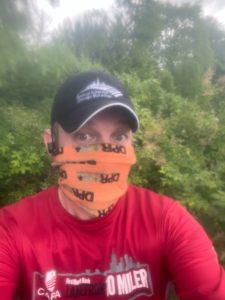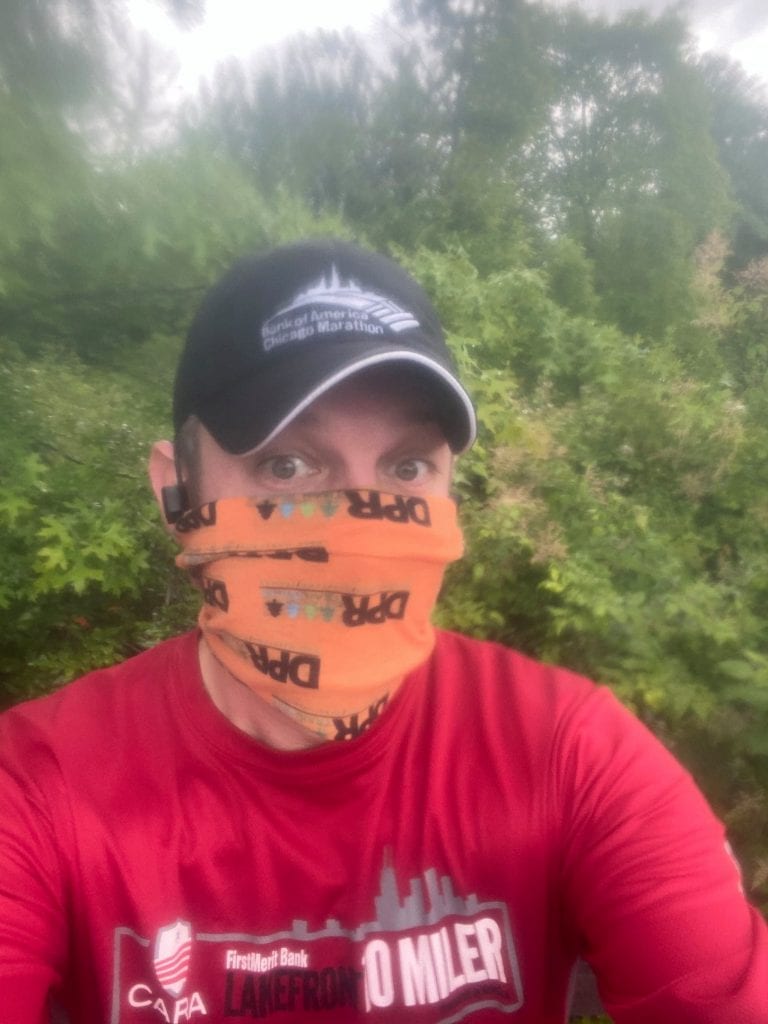Many governors across the country have mandated masks to be worn in all indoor, public locations to help stop the spread of Covid-19. That leads many of us to ask whether or not there are any safety risks associated with exercising with a mask on.
As fitness professionals we should have a response ready when our clients ask this question, but what should we tell them?
Since many academic institutions are currently closed, large scale experiments are not feasible to effectively test usage of various types of masks during exercise and how it affects the user. It is also very difficult to effectively test and examine the spread of Covid-19 in the current conditions and control for all variables. As a result, the information and guidelines being released seem to change daily as we learn more about the virus. Try to be patient (and ask your clients to be patient) with the inconsistencies in guidelines – the world has only been studying this strain for 6 months!
Don’t forget to sign up to automatically receive my latest blog post in your inbox!
Right at the top of the page.
Here are the assumptions we can make based on the limited information we have. Much of this probably seems obvious to most regarding exercise while wearing a mask…feel free to share this with your clients:
 Wearing a mask is less comfortable than not wearing a mask and that discomfort increases during warmer temperatures and/or humid conditions.
Wearing a mask is less comfortable than not wearing a mask and that discomfort increases during warmer temperatures and/or humid conditions.
Wearing a mask will restrict breathing more than not wearing a mask.
You heart rate will typically be higher at the same intensity when you wear a mask compared to not wearing a mask. Dr Cedric Bryant from the American College of Exercise reports that heart rates are typically 8-10 beats per minute higher when you wear a mask compared to when you don’t. The elevated heart rate is more pronounced during intense efforts such as hill repeats or intervals.
Your rate of perceived exertion will be higher wearing a mask compared to not wearing a mask. It will feel like you are working harder at the same intensity.
Your performance will be lower wearing a mask compared to not wearing a mask at the same level of intensity.
If you have existing respiratory or health problems, the issues with wearing a mask will be compounded.
If you have poor hearing, not being able to see and read peoples’ lips make communication during exercise very challenging.
Understanding this information can help you and your clients make decisions about mask usage during workout sessions. At some point, each individual has to weigh the risk to benefits and decide on an approach that is the safest for them, their fellow exercise buddies and their community.
It’s important to note that some athletes use masks during training purposely, even prior to Covid-19, because it does make breathing more challenging therefore developing the respiratory system. Mask wearing has been likened to high-altitude training. Some athletes also opt to wear masks when environmental conditions require it such as high pollution levels, extremely cold conditions and/or high pollen levels.
Here are some tips you can share with your clients….for exercising with a mask:
Purchase a mask designed specifically for working out. Avoid paper or cotton masks.
Here is an article that ranks the Top 15 Masks For Working Out and there is also this article, written before COVID 19, which also ranks masks designed specifically for working out.
Keep in mind, it’s not clear how effective these masks are at protecting you and others from Covid-19. Some exercise-enthusiasts have found success with buffs, while others have found Face Shields to be more comfortable during exercise. Bottom line – experiment until you find an option that works best for you. Consistency in your workouts is by far more important to your overall health than discontinuing your workouts so figure out an option that works for you.
Once you place your mask on, avoid touching or adjusting it during your workout session. Yes, this is easier said than done!
Focus on slow, deep breaths while wearing a mask.
Exercise at lower intensities than usual when wearing a mask.
Take breaks when needed when wearing a mask.
Slow down or stop if you feel lightheaded, dizzy or nauseous when wearing a mask.
Consider adapting your workouts to include more rest breaks and less high-intensity intervals. Include more strength, yoga, or barre workouts compared to high-intensity cardio if you struggle with wearing a mask.
Keep your workouts with a mask shorter than normal and/or consider bringing a second mask if the first one becomes too damp for effective breathing.
Carefully remove your mask at the completion of your workout, immediately wash/sanitize your hands and wash your mask after each workout session.
Try reminding your clients that the risk for exposure outdoors is less than indoors. If they will be exercising outdoors away from others, the risk of exposure and contacting Covid-19 is very low. It would be prudent to have a mask with them in the event they do find themselves in a public setting while exercising outdoors.
Yours in health, fitness & business,
Sherri McMillan
Get information like this and everything you need to run a successful fitness business with the same system I wrote and use at our facilities every day…..
THE BUSINESS OF PERSONAL TRAINING SYSTEM
 Hey did you know that I wrote the ONLY complete training business system designed to help you run a million dollar personal training business?! You can have this same business system that will help you work SMARTER and generate HUGE profits like we do here at Northwest Personal Training. The fee to purchase the Business of Personal Training System can be made up within 1 month of increased PT sales and there are NO recurring franchise or licensing fees.A comparable business system in other industries would require an initial investment of tens of thousands of dollars.
Hey did you know that I wrote the ONLY complete training business system designed to help you run a million dollar personal training business?! You can have this same business system that will help you work SMARTER and generate HUGE profits like we do here at Northwest Personal Training. The fee to purchase the Business of Personal Training System can be made up within 1 month of increased PT sales and there are NO recurring franchise or licensing fees.A comparable business system in other industries would require an initial investment of tens of thousands of dollars.
DON’T REINVENT THE WHEEL! Let us give YOU the systems that we know work!
